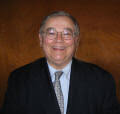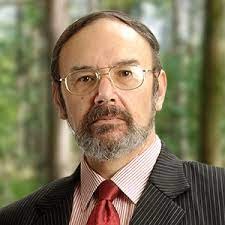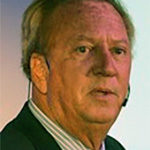Business Writing for HR Professionals
As leaders of their organizations, it is essential for HR professionals to be effective communicators. Today, a majority of business communication takes place in a written format. During this workshop, we will cover five writing techniques that HR professionals can use to draft powerful e-mails and documents. HR professionals who apply these techniques will be able to avoid misunderstandings and gain their readers' approval.
At the end of the session, we will conduct an exercise to show how easy it is to incorporate the five techniques into your everyday writing. Participants will be encouraged to join the discussion and share their opinions with the group.
At the end of this session, participants will be able to:
- Draft e-mails and documents that are easy to read
- Use business writing to display a high level of expertise
- Put themselves in the shoes of their readers
- Explain new initiatives in a way that is simple to understand
- Decide when to repeat a term and when to use a synonym
- Decide when to use (and when not to use) the word “and”
Topic 1: Clumsy modifiers
Topic 2: Ambiguous pronouns
Topic 3: Misuse of synonyms
Topic 4: Jargons
Topic 5: The word “And”
Between topics 3 and 4, we will discuss the cognitive factors that lead to effective or ineffective business writing. After Topic 5, we will complete an exercise to show how it is to apply this webinar’s advice in your everyday writing.
Ever since email became the dominant form of communication, HR professionals have been assessed based on the quality of their writing. Effective business writing creates a positive impression of an HR professional, whereas ambiguous or clumsy prose leaves readers scratching their heads. In this webinar, participants will receive concrete tips to express themselves clearly when writing to clients and colleagues.
HR professionals who send a lot of e-mails to other members of their organization.
Ryan Standil is the president of Write To Excite, which is an organization that offers seminars on legal writing and business writing. Prior to becoming a writing instructor, Ryan worked at a corporate law firm and as a proposal writer at an investment bank. He attended Western University, in Ontario, Canada, where he graduated from the HBA program at Ivey Business School and the JD program at the Faculty of Law.
Upcoming Webinars
























































































